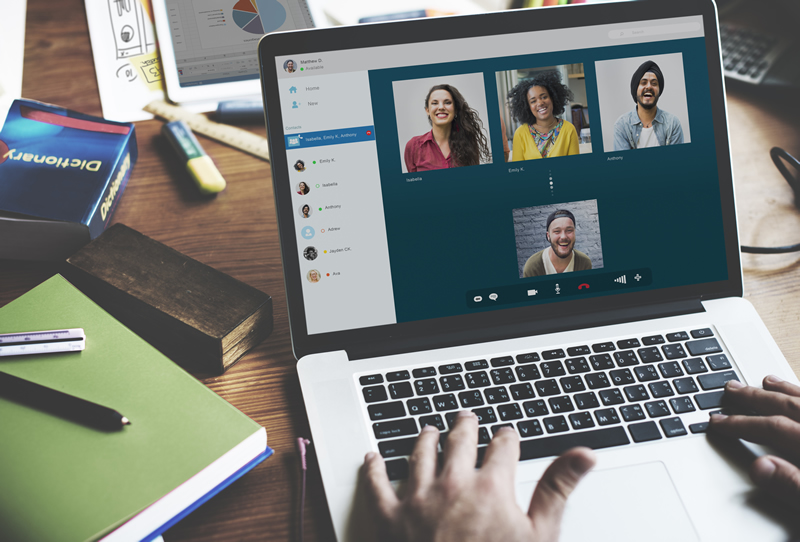ATD Blog
Learning Engagement in a Time of Zoom Fatigue
Mon May 11 2020

Along with hand washing, disinfecting, and social distancing, Zoom has become part of life for many during the pandemic. The platform, along with other video services, has been a lifeline for those working, learning, socializing, exercising, and worshipping from home. However, for many of us, the initial thrill of seeing distant colleagues on video conferences has given way to fatigue, anxiety, and distraction as we struggle to stay engaged. This level of disengagement is worrying for any aspect of business but is especially concerning for the success of workplace learning.
Move Online, Leave Learning Behind?
In the rush to move training operations online, learning can get left behind. As leaders retreat to command and control in a time of crisis, workplace learning gets pushed down the list of priorities. When learning is addressed, the response often is the hasty introduction of technology that emphasizes business continuity over actual learning. Setting up a Zoom account and attempting business as usual can defeat the purpose of learning new ways to cope and succeed in a distributed work environment. The result is what Educause’s Susan Grajek describes as a “quick, ad hoc, low-fidelity mitigation strategy” that cannot compare with “well-considered, durable online learning.”
Bringing Cognitive and Socioemotional Learning Together
There’s a myth that only cognitive learning is possible online. Organizations have disproved this by demonstrating success in integrating the socioemotional as well as the cognitive aspects of learning online. Strategic capabilities such as leadership, design thinking, and digital transformation require mastery of new information and technologies. But they also require new mindsets and ways to learn and work together. For these efforts to be successful requires a focus not just on the content of learning but also on establishing online learning environments that are learner-centered and psychologically safe.
Learner-centered environments accommodate the preferences and needs of the learner. In online learning, this can mean enabling asynchronous participation in discussions and collaborative projects that involve social interaction. This allows the learner to proceed through the experience at their own pace while still benefitting from collaboration.
The other fundamental element of successful learning environments is psychological safety. In safe learning environments learners can be more reflective and open to constructive criticism. Practice and roleplay come more naturally in the presence of trusted colleagues and coaches. Candid conversations about sensitive work topics presume some level of confidentiality.
How to Enable Online Collaborative Learning?
The move from classroom training to online collaborative learning involves changes to how learning is designed and practiced. However, the shift is not as daunting as it may seem. Moving in-person workshops online can be achieved in four steps:
1. Spread the Learning Over Time: For example, a one- to two-day on-site workshop can be rolled into a three- to six-week online experience with a two-hour commitment to learning per week.
2. Design Learning Experiences for Application: Ensure your learners build capabilities through opportunities to apply the learning in authentic work situations. Missions and projects allow learners to practice and apply learning to their jobs within the safe space of a learning environment.
3. Create and Curate Content: Enrich and contextualize learning experiences with a combination of existing and new content. In addition to the PowerPoint decks that are the staple of in-person workshops, you can also use internal and external videos, infographics, text, documents, and other learning content.
4. Preserve the Social Learning Experience: The group connections and accountability of in-person experiences can be maintained by keeping learners in cohorts with deadlines. Collaboration can be stimulated by including discussions, sharing assignments, and providing informal and formal feedback.
Choosing the Right Tool for the Job
If the purpose of your online training is to simply share information, video conferencing may be perfectly adequate. If the training is strategically important and involves learners engaging with each other in sustained efforts to build capabilities, additional learning modalities may be required. This does not rule out synchronous video conference sessions within extended learning experiences. However, by spreading the learning over a range of interaction types, stress on learners can be reduced, resulting in higher engagement and better business outcomes.

